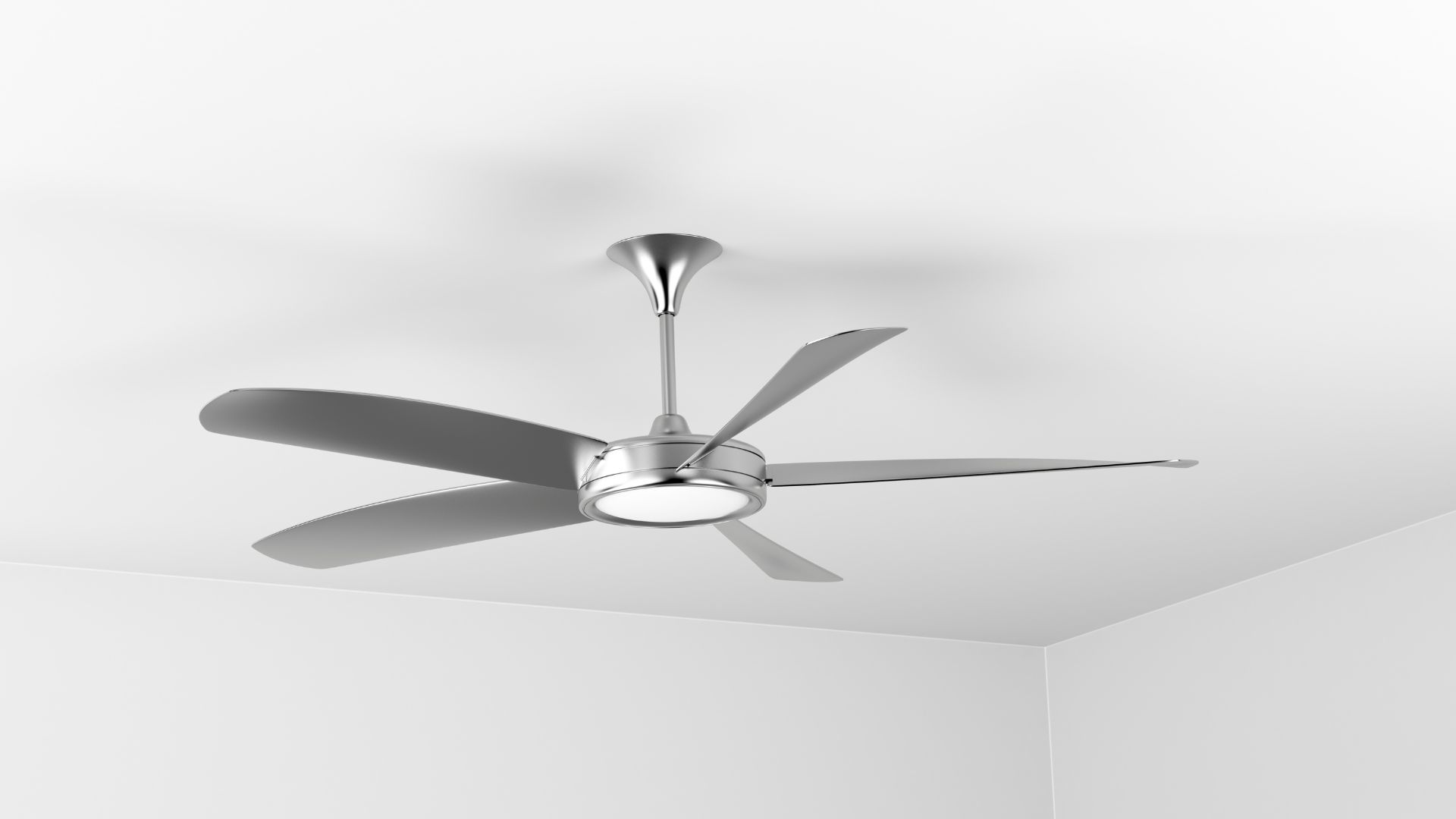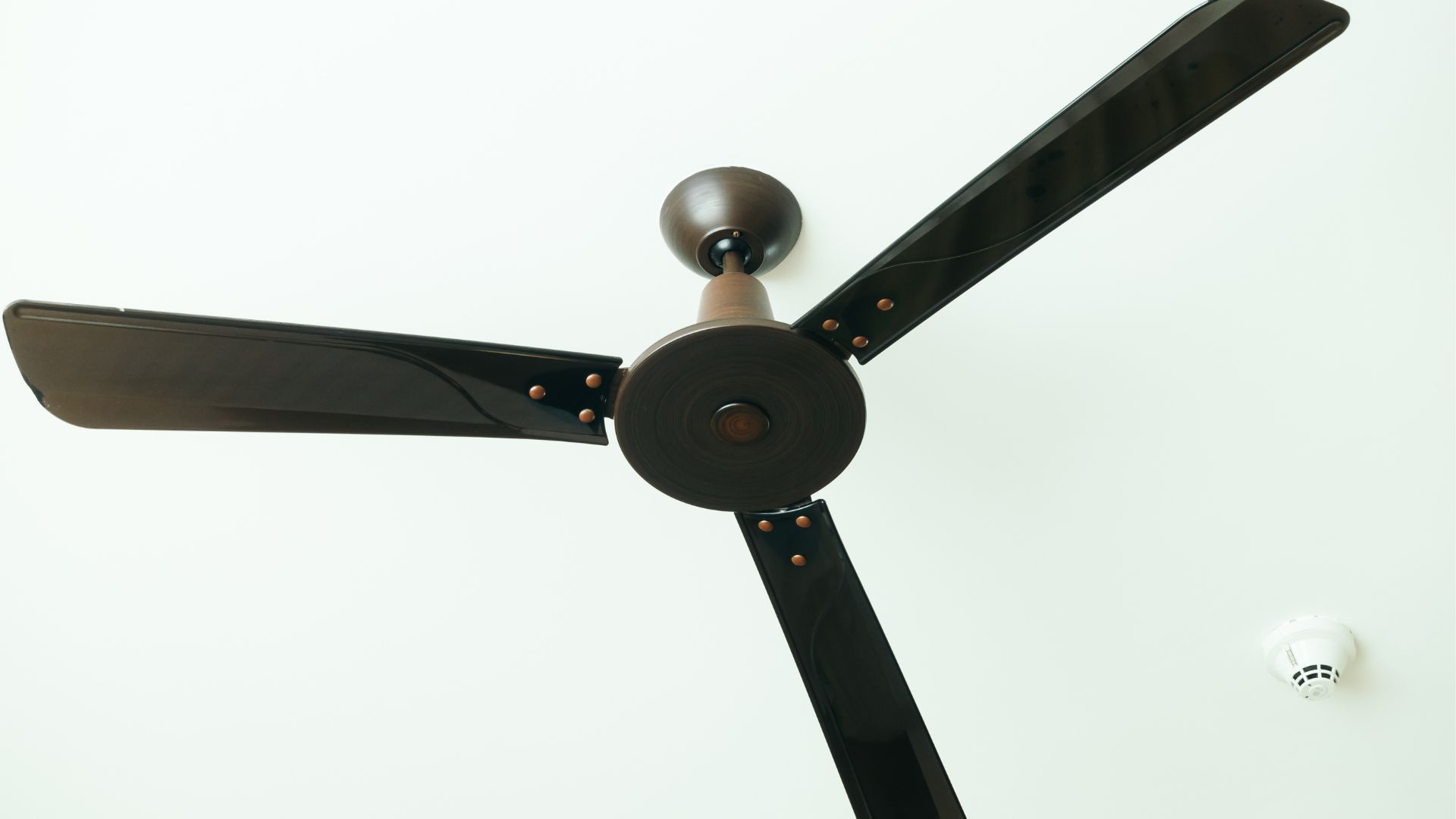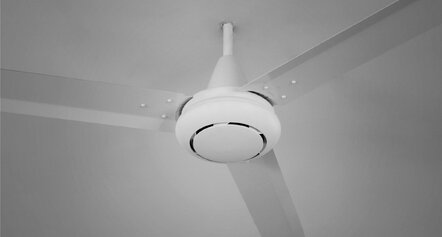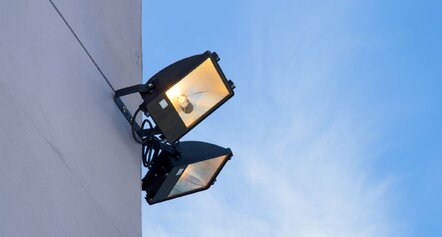Choosing a ceiling fan might seem straightforward—until you’re faced with the choice between AC and DC. While both fan types serve the same basic purpose—cooling you down—they work quite differently.
In this blog, we’ll break down the difference between AC and DC fans, explain how each type functions, and help you figure out which one is the right fan for your space.
Understanding AC and DC Power
Let’s start with the basics:
- AC (Alternating Current) is the type of electrical current that comes from your typical wall outlet. It switches direction periodically.
- DC (Direct Current) flows in one direction and typically comes from batteries or converted from AC using an adapter.
Most household appliances use AC power, including traditional AC ceiling fans. On the other hand, DC ceiling fans have gained popularity thanks to their energy-efficient design and advanced features. So apart from keeping them clean, what else should you know? Let us find out!

How AC and DC Ceiling Fans Work
AC ceiling fans use standard AC motors that run directly off the AC power supply. These are known for their reliability and wide availability. On the flip side, DC ceiling fans operate with DC motors that require power conversion before they can run. That conversion happens internally within the fan’s driver.
A DC motor ceiling fan typically consumes significantly less power than its AC counterparts, offering quiet operation, more speed settings, and remote control functionality.
AC vs DC Ceiling Fans: Quick Comparison
Feature | AC Ceiling Fans | DC Ceiling Fans |
Power Source | Direct from mains (AC power) | Converted dc power |
Motor Type | AC motors | DC motors |
Energy Efficiency | Lower | Higher - uses less power |
Speed Settings | Limited | More speed settings (up to 6 or more) |
Control Options | Wall control, remote optional | Mostly remote control, some offer wall control |
Noise | Louder | Quieter - ideal for quiet spaces |
Cost | Lower upfront | Higher upfront cost but energy-efficient |
Weight | Heavier | Typically lighter |
Installation | Easier for existing wiring | Slightly more complex |
Innovation | Established tech | Modern innovation with DC technology |
Benefits of DC Ceiling Fans
Why are DC ceiling fans becoming the top choice in the Australian market?
- Energy Efficiency: DC fans consume up to 70% less energy than AC fans, helping you save money on energy bills.
- Quiet Operation: Perfect for bedrooms, offices, and other quiet spaces.
- Remote Control: This comes standard with most DC fans, making life easier.
- More Speed Options: Better fan speed control means optimal performance for any temperature.
- Reverse Direction: Most models offer the ability to reverse direction with the remote, which is excellent for both summer and winter use.
Downsides of DC Ceiling Fans
They’re not flawless. Here are a few things to keep in mind:
- Higher Upfront Cost: While you’ll recoup it through lower energy consumption, it’s more of an investment.
- Limited Availability: Not all styles or finishes are readily available in DC models.
- Wall Control: If you’re set on wall control, check the model—some DC ceiling fans rely solely on remotes.
Pros of AC Ceiling Fans
Even with the hype around DC, AC ceiling fans still hold their own:
- Cost-Effective Solution: Ideal for budget-conscious buyers.
- Easy to Replace: Widely available and compatible with most homes.
- Wall Control Ready: Ideal if you prefer hard-wired switches over remotes.
When to Choose DC Over AC (and Vice Versa)
Choose a DC fan if:
- You want a quiet operation in bedrooms or study areas
- You’re looking to save money long-term on energy costs
- You want remote control convenience
- You want a modern innovation that complements home decor
Go for an AC fan if:
- You’re after a cheaper option upfront
- You need a fan that’s easy to install and replace
- You’re OK with higher electricity bills in exchange for a lower initial price
AC and DC Motors Explained

AC motors have been around for decades and are found in most household appliances. They’re durable, reliable, and often used in AC motor ceiling fans.
On the other hand, DC motors are more efficient and offer more control. DC ceiling fan motors are lighter and offer minimal noise, making them ideal for modern homes.
Both motor types have a motor housing to protect the motor’s rotor and other internal parts, but DC and AC fan setups are designed quite differently inside.
What About Energy Savings?
DC ceiling fans are a top pick for anyone looking to reduce energy consumption. They use less energy, operate on low electrical current, and provide more energy efficiency over time. DC is the way to go if you’re serious about your carbon footprint or simply want to save money.
Making The Right Choice
So, what’s the real difference between AC and DC fans? It comes down to power source, fan speed, energy efficiency, and how much you value quiet operation and advanced features.
If you’re after an energy-efficient fan that’s sleek, quiet, and offers remote control and speed options, a DC ceiling fan is a brilliant pick. But if you just want a simple, reliable, and cost-effective cooling solution, AC ceiling fans will do the job nicely.
Still not sure which to choose? Chat with us—we’ll help you find the right fan to match your style, needs, and budget. When it comes to ceiling fans, it’s all about striking the right balance between performance, efficiency, and comfort, and our Sunshine Coast electricians at Watt Edge Electrical are here to help.
Common Questions Answered
Are DC fans better than AC?
For most homes, yes. They’re more energy efficient, quieter, and offer more control.
What are the disadvantages of DC fans?
Mostly, the price and sometimes limited style options. Some users also prefer wall control, which may be absent.
Which cooler is better, an AC or DC cooler?
It depends on the use. DC coolers are better for energy efficiency, but AC might win in raw power and cost.
Can I use a DC fan in my house?
Absolutely. You just need a model with a built-in converter or driver to handle the AC to DC power conversion.




